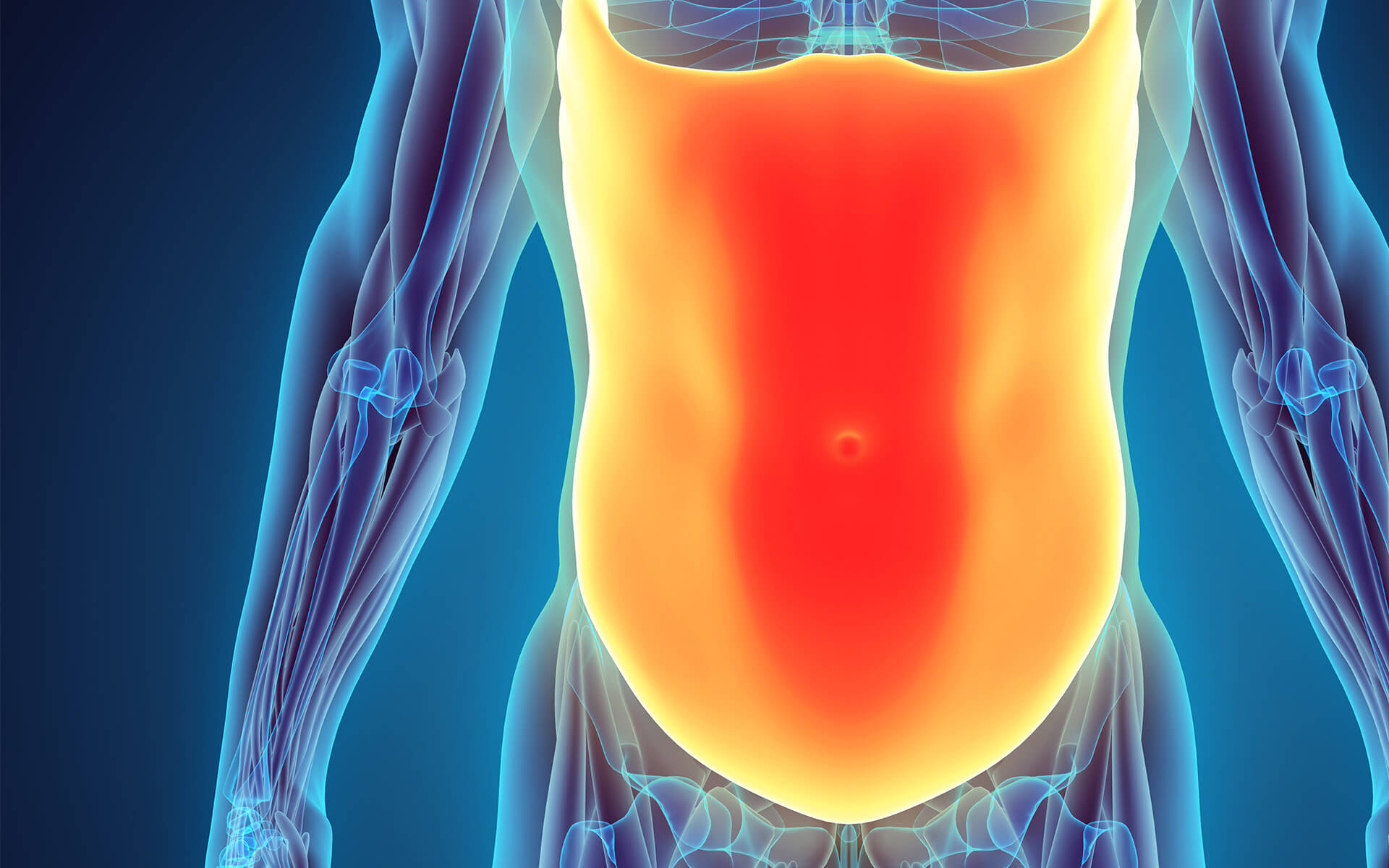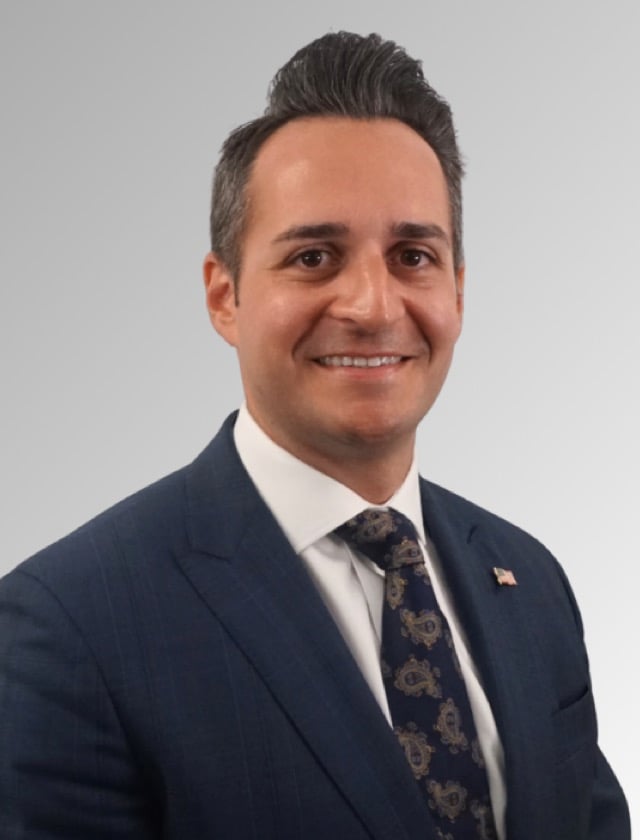A hernia is a medical condition where part of an organ or tissue protrudes through a weakness in the surrounding muscular or connective tissue wall, typically resulting in a noticeable lump or bulge. While some hernias may seem harmless, professional treatment is crucial to prevent potentially serious complications such as strangulation or obstruction, which can lead to severe pain, tissue damage, or even life-threatening conditions if left untreated.

Understanding Hernias

What Causes a Hernia
A hernia occurs when an internal organ or tissue pushes through a weak spot in the surrounding muscle or connective tissue. This weakness can be present from birth (congenital) or develop over time due to various factors. The most common causes of hernias include increased abdominal pressure, muscle weakness, and strain on the abdominal wall.
Factors that can contribute to hernia formation include obesity, pregnancy, heavy lifting, chronic coughing or sneezing, straining during bowel movements, and previous abdominal surgeries. Age also plays a role, as muscle tissue naturally weakens over time. In some cases, a family history of hernias may increase an individual's risk. While hernias can affect anyone, they are more common in men, particularly in the groin area (inguinal hernias).
Types of Hernias
Epigastric Hernia
These hernias appear between the breastbone and the navel, in the upper abdominal wall. They're usually small and may not cause noticeable symptoms. Epigastric hernias are often congenital but can also develop in adults.
Femoral Hernia
Similar to inguinal hernias, femoral hernias occur in the upper thigh/outer groin area. They are more common in women, especially those who are overweight or pregnant. Femoral hernias are often smaller but have a higher risk of complications.
Hiatal Hernia
Unlike other hernias, this type occurs in the upper stomach area. It happens when part of the stomach pushes up through the diaphragm into the chest cavity. Hiatal hernias can cause gastroesophageal reflux disease (GERD) symptoms.
Incisional Hernia
These hernias develop at the site of a previous abdominal surgery and occur when the surgical wound doesn't heal properly, allowing tissue to protrude through the weakened area. Incisional hernias can vary greatly in size and complexity.
Inguinal Hernia
This is the most common type of hernia when tissue, usually part of the intestine, protrudes through a weak spot in the lower abdominal muscles. Inguinal hernias are more common in men and can be either indirect (congenital) or direct (acquired).
Umbilical Hernia
This type occurs near the navel (belly button). This is common in newborns and usually closes on its own by age 3 or 4. In adults, however, umbilical hernias can result from obesity, pregnancy, or abdominal fluid.
Signs and Symptoms of a Hernia
Hernia symptoms can vary depending on the type and severity of the hernia. Some hernias may be asymptomatic and only discovered during routine medical examinations, with common symptoms including:
- A visible bulge or lump
- Acid reflux or chest pain
- Burning or aching sensation
- Difficulty urinating
- Difficulty with bowel movements
- Feeling of heaviness in the abdomen
- Gradual increase in size of the bulge
- Nausea or vomiting
- Pain or discomfort during physical activities
- Pain or discomfort that worsens with physical activity, coughing, standing, lifting, or bending over
- Pressure or weakness
- Swelling
If you suspect you have a hernia, it's important to consult a healthcare professional for proper diagnosis and treatment
Diagnosing Hernias
Hernia diagnosis typically begins with a physical examination by a healthcare provider. During this exam, the doctor will visually inspect and gently palpate the affected area, looking for any visible bulges or swelling. They may ask the patient to stand, cough, or strain, as these actions can make a hernia more noticeable. In many cases, especially with visible or palpable hernias, this physical examination is sufficient for diagnosis.
If the physical exam is inconclusive or if the doctor needs more information about the hernia's size and location, they may order imaging tests. These can include ultrasound, which uses sound waves to create images of the abdominal wall, or computed tomography (CT) scans, which provide detailed cross-sectional images. In some cases, particularly for suspected hiatal hernias, an upper endoscopy or barium X-ray might be recommended. Throughout the diagnostic process, the healthcare provider will also discuss the patient's medical history and symptoms to gain a comprehensive understanding of their condition.
Treatment Options
Hernias typically need to be repaired with surgery. Depending on the type of hernia, you may need one of the following:
- Open hernia repair: The hernia surgeon will make an incision in the groin and manually push the hernia back into position. Patients can typically go home after a few hours.
- Laparoscopic hernia repair: Performed under anesthesia, the hernia surgeon will use a thin tool similar to a telescope to enter into the abdominal wall through the belly button. Then, carbon dioxide is inserted to better enable the hernia surgeon to view the inside of the body from the laparoscopic lens and to reposition the hernia.
- Robotic hernia repair: This surgery is similar to a laparoscopic hernia repair, except that the hernia surgeon will manipulate the laparoscopic tool from a console. While both types of surgery are effective for treating hernias, robotic repair provides better imaging of the inner abdominal wall and can offer less pain and recovery time for the patient.
What to Expect
Before Hernia Repair Surgery
Before surgery, you'll have a consultation with your surgeon to discuss the procedure, its risks, and benefits. They'll review your medical history and may order pre-operative tests such as blood work or an EKG to ensure you're fit for surgery.
You'll receive instructions on how to prepare, which may include fasting for a certain period before the operation, stopping certain medications, and arranging for someone to drive you home after the procedure. It's important to follow these instructions carefully to minimize risks and ensure the best possible outcome. You may also be advised to stop smoking and maintain a healthy diet to promote better healing.
During Hernia Repair Surgery
On the day of surgery, you'll be admitted to the hospital or surgical center. The anesthesiologist will administer either general anesthesia (where you're completely asleep) or local anesthesia with sedation, depending on the type and complexity of your hernia. The surgeon will then make one or more incisions to access the hernia. There are two main surgical approaches: open surgery, where a single larger incision is made, or laparoscopic surgery, which uses several small incisions and a camera. The surgeon will push the protruding tissue back into place and repair the weakened muscle area, often using a mesh to reinforce it. The incision(s) will then be closed with sutures, staples, or surgical glue. The entire procedure typically takes between 30 minutes to two hours, depending on the hernia's size and complexity.
After Hernia Repair Surgery
Following hernia repair surgery, you'll be moved to a recovery area where medical staff will monitor your vital signs as you wake up from anesthesia. Most hernia repairs are outpatient procedures, meaning you can go home the same day, although some patients may need to stay overnight. You'll receive instructions on caring for your incision, managing pain, and gradually returning to normal activities. Some discomfort, swelling, and bruising are normal and can be managed with prescribed or over-the-counter pain medication.
Our surgical center in New Jersey recommends avoiding strenuous activities and heavy lifting for several weeks to allow proper healing. Follow-up appointments will be scheduled to monitor your recovery and remove any non-dissolvable sutures. Most patients can return to light activities within a week or two, but full recovery may take 4-6 weeks. It's crucial to follow your surgeon's post-operative instructions carefully and contact them if you experience any concerning symptoms like fever, increased pain, or signs of infection.
Risks and Side Effects
Most people who have a hernia surgery experience only mild symptoms of discomfort and recover within a few days. While every person’s situation is different, your hernia surgeon will relay some generally common side effects to watch for.
Common post-procedure side effects:
- Bruising around the incision
- Slight drainage around the incision
- Mild swelling around the incision
- A lump or hardness near the incision or under it
- Feelings of fatigue
- Reduced appetite
If you experience any of these symptoms, this is completely normal. These side effects should dissipate within a few days of the surgery with standard at-home care. If symptoms worsen, however, or any of the side effects below are observed, you should call your healthcare provider immediately.
- A fever above 100.5℉ or chills
- Excessive swelling or pain around the incision
- Increased bleeding or redness around the incision
- Foul-smelling discharge from the incision
- Chest pain or shortness of breath
Insurance Information
If we are not an in-network provider, our friendly insurance specialists will help you find the most coverage available for your treatment.
- Horizon Blue Cross Blue Shield of New Jersey
- Medicare
- Railroad Medicare
- Aetna
- Cigna
- United Healthcare
- Oxford (Freedom, Liberty)
- MagnaCare
Our Doctors
Am I a Candidate?
If you're under 65, have noticed a persistent bulge in your abdominal area (possibly accompanied by nausea, fever, or vomiting), and don't have a history of serious medical conditions or previous hernia surgeries, you may be a good candidate for hernia repair surgery. We encourage you to schedule an appointment with our NJ hernia specialists to discuss your options and determine the best course of action for your specific situation.

-min.png)






